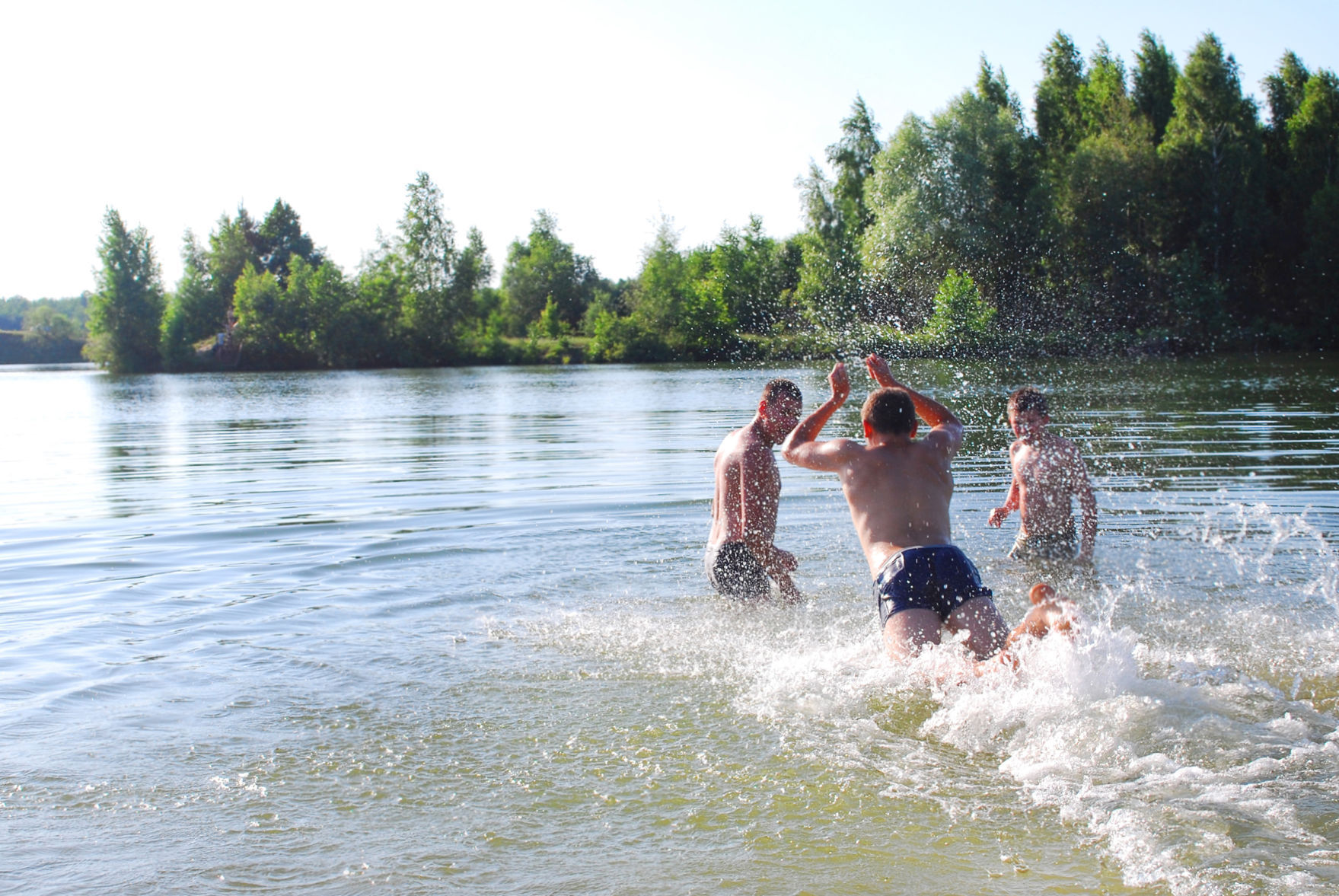

The worst thing you can do is itch the itch, you’re best to just flush your skin in freshwater when you get out – preferably with your swimsuit removed.You’ll get the worst of it where the larvae get trapped under your swimsuit or rashie, or even under your armpit where they feel trapped causing the stinging cells to fire. Sea lice are microscopic and transparent in water so you’ve got no chance of seeing them, the first you’ll know about it is when you start to itch. They tend to travel in large groups or ‘blooms’ and will be prevalent in warm summer waters – some ocean swimmers suggest you’ll encounter them when there is lots of seaweed floating around. ‘Sea lice’ that cause ‘itchy bites’ are tiny little jellyfish or stinger larvae that have the same stinging cells (nematocysts) as an adult jellyfish/stinger, but because they’re only small they only affect a small area. Example of sea lice rash, in this case predominately in the area under bikini strap where sea lice have been trapped.


Sea louse, (the marine parasite version) was also thought to be responsible for the bleeding legs of a swimmer at Brighton in Melbourne – this is not the type of sea lice that this article refers to. This type of sea lice/louse is a marine parasite that affects fish by feeding on the mucus, epidermal tissue, and blood of host marine fish, and actually have nothing to do with the itchy rash you’ve experienced. In fact, it’s not ‘sea lice’ or ‘sea louse’ in the way fishermen might think of it. The chances are it’s the result of what’s commonly referred to as ‘sea lice’. Have you ever been ocean swimming and felt like you’ve got an itchy bite? or come out in a rash after open water swimming? Sea lice, the likely reason you’re itching after swimming in the ocean


 0 kommentar(er)
0 kommentar(er)
